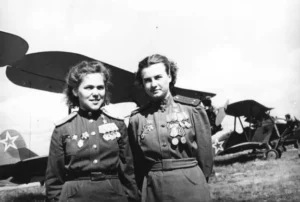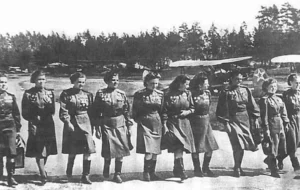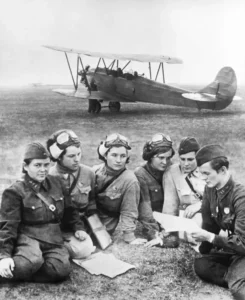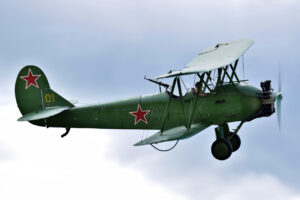It is often said that history reveals incredible stories of bravery and heroism, and one such remarkable tale unfolds during World War II with the unforgettable Night Witches. This all-female Soviet bomber regiment, officially known as the 588th Night Bomber Regiment, left an indelible mark on the war as they fearlessly conducted daring nighttime bombing raids against the German Army. This article delves into the concept of the Night Witches, highlighting their courageous spirit, unique tactics, and lasting impact.




1. Forming the Regiment
In 1941, as the German Army advanced into Soviet territory, Marina Raskova, a renowned navigational expert and aviator, proposed the formation of all-female aviation units. Responding to this call, young women from various backgrounds volunteered and formed an exceptional bomber regiment, the Night Witches. Initially, the Soviet high command had mixed opinions about this all-female unit but soon recognized their merit.
2. Unique Tactics and Aircraft
Equipped with obsolete Polikarpov Po-2 biplanes, the Night Witches employed a distinctive tactic that proved highly effective. Their small and agile aircraft became an advantage as their slow speed and the maneuverability of their planes made them difficult to detect and hit by German radars and fighter planes. Operating under the cover of darkness, they flew low and silenced their engines, gliding over enemy lines undetected.
3. The Element of Surprise
The Night Witches relied on surprise and psychological warfare to strike fear into the hearts of their enemies. They habitually cut their engines before releasing their bombs, gliding silently towards their targets, which earned them the nickname “Night Witches” from German soldiers. This method allowed the bombers to elude detection until the last moment, often leading to confusion and terrorizing the enemy forces.
4. The Darkness and Perseverance
Navigating through the darkness, Night Witches endured extreme conditions and faced relentless exposure to enemy fire. The harsh winter nights, freezing altitudes, and scarcity of essential supplies made their missions even more challenging. Nevertheless, the female pilots proved their resolve and unmatched determination, flying an astonishing 30,000 missions throughout the war.
5. Impact and Recognition
The Night Witches left an indelible mark on World War II, conducting over 23,000 successful bombing sorties and dropping around 3,000 tons of bombs on German troops and infrastructure. The significant damage they inflicted on enemy supply lines, communication networks, and morale contributed immensely to the Soviet war effort. Their bravery and success garnered respect both within and outside the Soviet Union, with many pilots receiving prestigious military honors.
Conclusion
The Night Witches, an all-female Soviet bomber regiment, proved that courage knows no boundaries. Their unique tactics, unwavering determination, and ability to overcome adversity made them a formidable force during World War II. These women defied societal norms and demonstrated that they were just as capable as their male counterparts in serving their nation. Today, their legacy lives on as a testament to the power of resilience, courage, and the important role women played during times of war.

